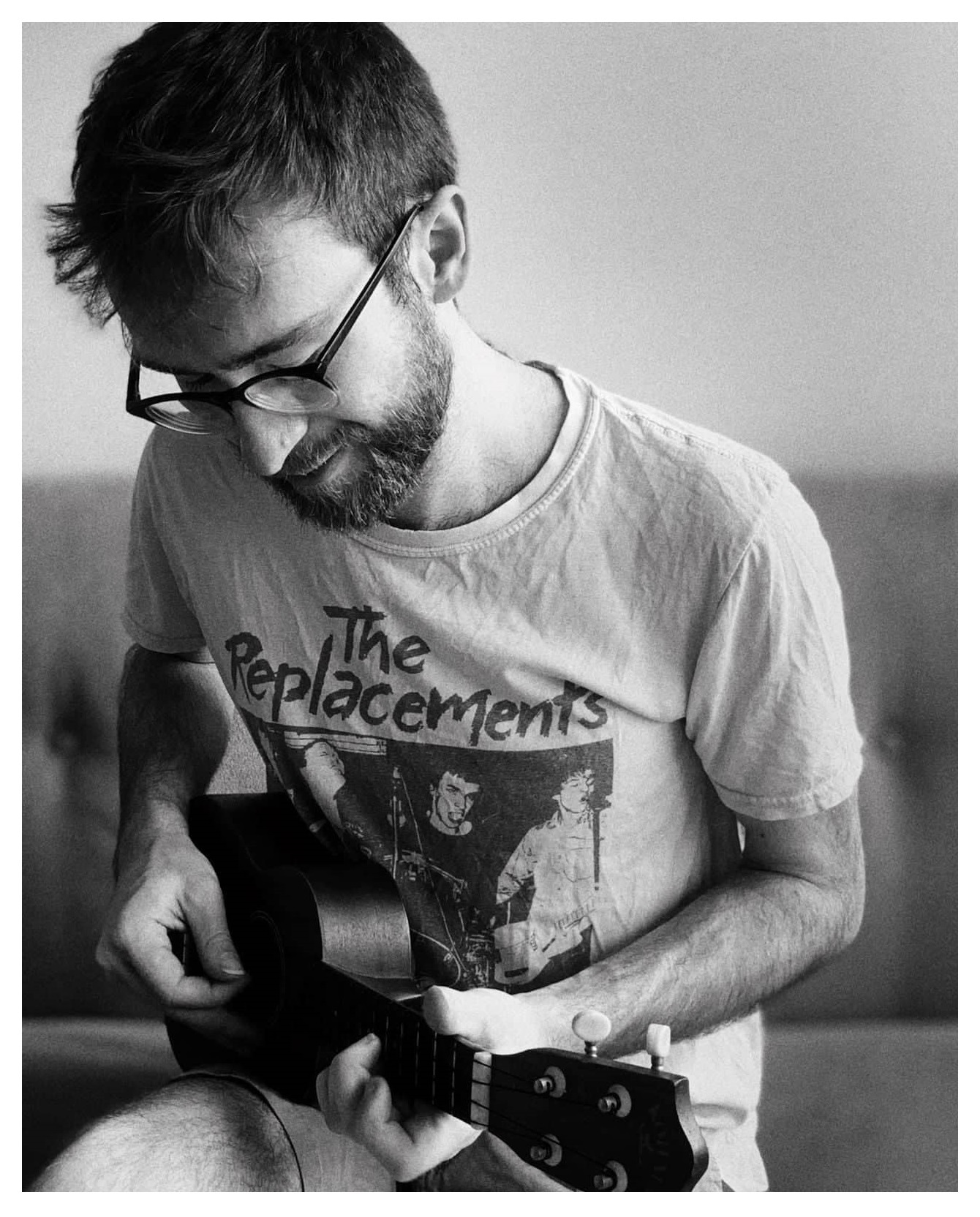
Jay Bullen
Connect
R&D

My method for detecting toxic arsenic in drinking water reduces hardware costs from $10,000 USD to just $350 USD. The method is currently used by the USA/Mexican NGO Caminos de Agua.
I developed a new method for analysing the different oxidation states of arsenic using a novel organic-metallic material, patented by my research group. This method was validated when I led a field work campaign in West Bengal, India, as published by the International Water Association.
- A full list of research publications can be found on Google Scholar.
Product development

I founded the start-up company Untap. Untap are detecting diseases in the wastewater of offices and carehomes, to advise facilities managers and pastoral carers when it is safe to relax precautions and when further action is needed. This venture has secured £160k pre-seed investment and is supported by a £60k grant from the UK government (Innovate UK Smart Grant). We recently exhibited at the Workplace Event in the NEC, Birmingham.
We conduct on-site testing using portable RT-qPCR equipment, and are simultaneously developing our own innovative hardware solutions for automated, continuous, real-time detection of pathogens in collaboration with hardware investors HAX (USA/China).
We work with world experts including the Envirology Group at Imperial College London. At the time of writing, my team consists of two co-founders, a field monitoring technician, electrical engineer, and postdoctoral researcher.
Experiment meets modelling
I have developed several new approaches towards combining state-of-the-art materials characterisation techniques with environmental chemistry modelling.
- Low energy ion scattering (LEIS) used to develop accurate component additive surface complexation models (CA-SCM) for predicting the removal of toxic heavy metals from drinking water using nanomaterials. [here]
- Surface complexation modelling (SCM) used to develop accurate rate equations for the photooxidation of arsenic(III) using heterogeneous photocatalysts. [here]
- Component additivity and transient absorption spectroscopy (TAS) to assess the role of the heterojunction in composite photocatalyst nanomaterials for treating contaminated water. [here]
- Component additivity and UV-Vis spectroscopy to calculate parasitic absorption within composite photocatalysts. [here]
A course I developed for modelling arsenic removal using iron oxide nanoparticles was taught at the University of Princeton. My invited article introducing the fundamentals of this surface complexation modelling (SCM) can be found in the Royal Society of Chemistry's Environmental Chemistry Bulletin magazine.
Outreach

My video tutorials on computational modelling have been viewed over 20,000 times (as of March 2022).
In 2020 I was an invited keynote speaker for a series of seminars at the Autonomous University of Queretaro, Mexico. In 2021 I hosted the Environmental Mineralogy Group's Research in Progress meeting, with a dozen talks and over one hundred international attendees.
Strategy and consultancy
I am a Technical Advisor for the USA/Mexican NGO Caminos de Agua where I consult on their water quality monitoring programmes - both field surveys and analysis for customers, as well as monitoring novel groundwater treatment pilot systems developed in-house.
I was previously seconded to the UK Civil Service (DFID), leading a research project on real-time water quality monitoring for developing economies in anticipation of their African Cities Research Programme.I have been a committee member at the Environmental Mineralogy Group since 2018, organising the international 2021 Research in Progress Meeting.
I am a member of the Royal Society of Chemistry (MRSC) and the Institute of Physics (MInstP).
Expression

I write, record and perform music in a variety of formats. The most successful project to date has been Holy '57, where I play lead guitar. Holy 57's music has been featured on a number of TV shows including Made in Chelsea.